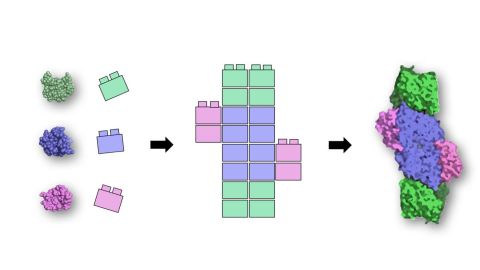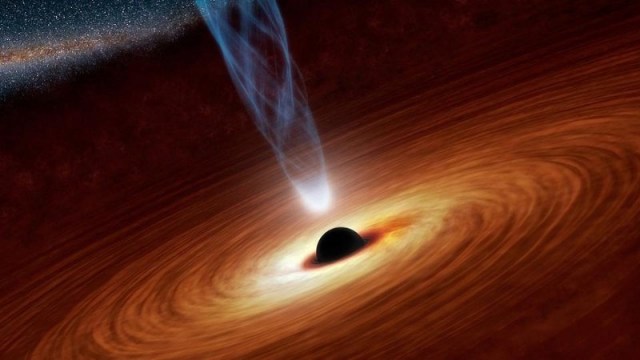All living organisms on Earth owe a debt to these protein-based ‘Legos of life’

Picture a tub full of Lego bricks. Now imagine that tub full of Lego is the basis of life on this planet. According to researchers and scientists at Rutgers University, it turns out that analogy isn’t too far off. They’ve been “smashing” proteins and seeing what shapes these smashed proteins fall into, and they’ve discovered that many fall into four distinct shapes not dissimilar to Lego building blocks.In short, most of the life on this planet owes a debt to these so-called “Legos of life” – four types of simple proteins that latch onto each other to form increasingly more complex protein structures. Just like real-life Lego blocks.
These are the original building blocks of life, and have evolved over billions of years to form the (way, way, wayyyy) more complex proteins that we have today. As you can see from the illustration above, they really do resemble crude Lego building blocks.
Per the original study from the National Academy of Sciences:
There are no physical fossils of the original proteins at the beginning of life on Earth and phylogenetic approaches that infer the nature of the ancestral proteins from sequences and/or structures of extant molecules are of limited use over long time scales (e.g., billions of years). We analyzed the structures of proteins containing transition-metal cofactors, and identified four structural modules that comprise the diverse family of oxidoreductases, molecular nanomachines that are critical for electron transfer reactions that form the energetic basis of life. These structural modules are, in effect, relict “building blocks” of life that have descended through time with only minor modifications.
But this finding isn’t just cool, it’s super useful. As per the LA Times, scientists are already working on a way to use these tiny blocks to split the hydrogen and oxygen molecules found in water to create a clean-burning fuel based off of hydrogen. That could, effectively, solve the world energy crisis.
One piece of good news: these “Legos of life” are tiny, so unlike normal Lego blocks they probably wouldn’t hurt if you stepped on one.





